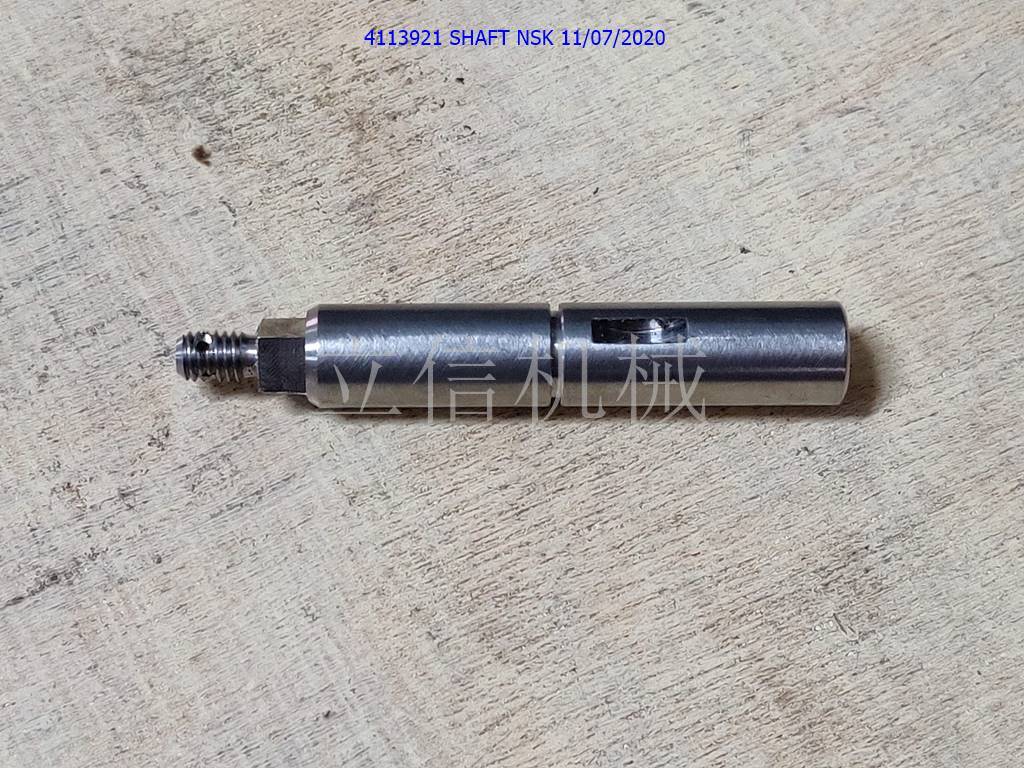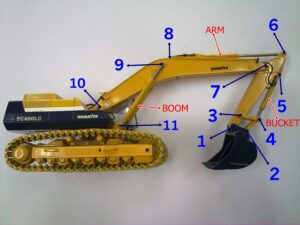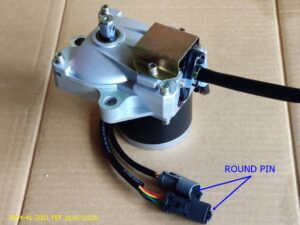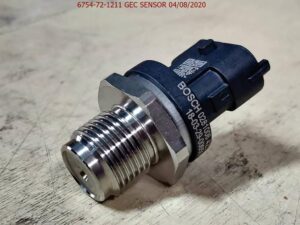The Shaft Regulator in an excavator, typically part of the hydraulic system, helps control the flow and pressure of hydraulic fluid to ensure efficient operation of the excavator’s various functions. Here are five key functions of the excavator shaft regulator:
- Flow Control: The shaft regulator is responsible for regulating the flow of hydraulic fluid to various components of the excavator, ensuring that the right amount of fluid is delivered to parts like the boom, arm, or bucket based on operational needs.
- Pressure Regulation: It plays a key role in controlling the hydraulic pressure within the system, ensuring that it stays within safe and efficient operating limits. This helps prevent over-pressurization, which could damage hydraulic components.
- Variable Displacement Adjustment: In systems with variable displacement hydraulic pumps, the shaft regulator adjusts the displacement of the pump. This ensures that the appropriate volume of hydraulic fluid is delivered, depending on the load or demands of the machine’s functions.
- Efficiency Optimization: By regulating the flow and pressure of hydraulic fluid, the shaft regulator helps optimize the efficiency of the hydraulic system, reducing energy consumption and preventing fluid wastage, which results in better fuel efficiency.
- Smooth Operation and Load Adaptation: The shaft regulator helps adapt the hydraulic system to changes in load. It ensures that fluid flow and pressure are adjusted to match the required force, making the excavator’s operation smoother and more responsive to changing conditions.
In summary, the excavator shaft regulator ensures that the hydraulic system operates smoothly, efficiently, and safely by controlling fluid flow, pressure, and displacement, and by adapting to the demands of the machine’s various functions.




